When it comes to gardening, one of the most important factors for a lush and successful garden is the soil. Loam garden soils are amongst the most sought after soil types for gardeners. Loam soils are great for growing vegetables, flowers, and all sorts of plants. In this article, we will discuss what loam garden soils are, their benefits, and why you should choose loam soils for your garden. Loam is a combination of clay, silt, and sand particles that often contain organic matter.
It's made up of 45-50% sand, 40-50% silt, and 10-20% clay particles. The ratio of the three components varies depending on the region and type of soil. The ideal ratio is 40-40-20, which provides the perfect balance between drainage, water retention, and nutrient storage. Loam garden soils are popular among gardeners because they are easy to work with. They are also known to hold more nutrients than other types of soil, making them ideal for growing plants.
Additionally, loam soils have excellent drainage and aeration qualities. This allows for better oxygenation of the roots and helps prevent plants from becoming waterlogged. When choosing a type of loam soil for your garden, it's important to consider the type of plants you're growing and their individual needs. Different types of loam soils may contain varying levels of nutrients, so it's important to select a soil that will best meet the needs of your plants. Additionally, you should consider the pH level of the soil as well as its texture and structure. Another factor to consider when selecting a type of loam soil is its ability to hold water.
If you're planting in areas with higher levels of rainfall, it's important to choose a type of loam soil that won't become waterlogged or oversaturated with water. Clay loams tend to be better at holding water than sandy loams, so if you have an area that receives a lot of rain, you may want to consider using a clay-based soil. Finally, it's important to consider how much organic matter is present in the loam soil. Organic matter helps retain moisture and adds nutrients to the soil. It also helps aerate the soil and encourages microbial activity.
If you're looking for a type of loam soil that will provide your plants with the most nutrients possible, look for one that contains higher levels of organic matter.
The Benefits of Loam Garden Soils
Loam garden soils offer a variety of benefits for your plants. They are easy to work with and help promote healthy root growth. They also retain nutrients well and provide excellent drainage and aeration qualities. Additionally, they can help retain moisture and provide your plants with access to essential nutrients. In conclusion, loam garden soils are an excellent choice for gardening due to their ease of use and the wide range of benefits they offer for plants.When selecting a type of loam soil for your garden, be sure to consider the type of plants you are growing, the pH level of the soil, its texture and structure, its ability to retain water, and its organic matter content. With careful consideration, you can find a type of loam soil that will help ensure your plants are successful.
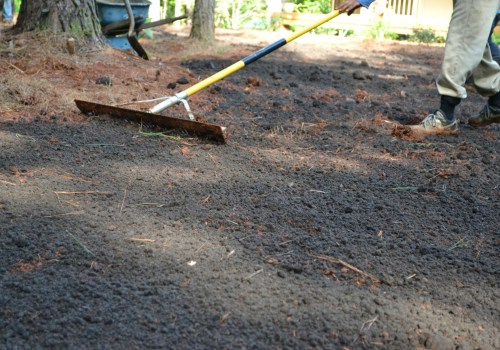
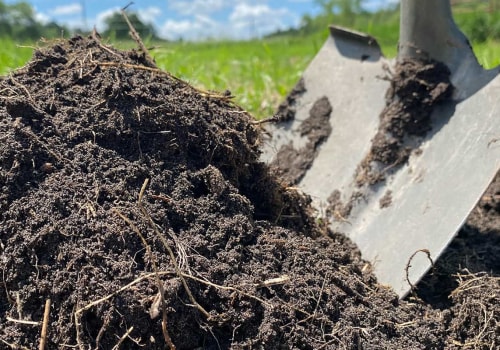

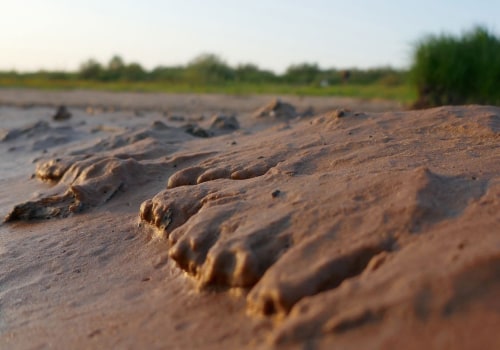
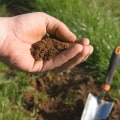

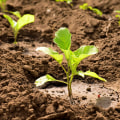
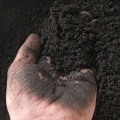
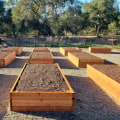
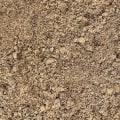
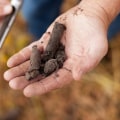
Leave a Comment